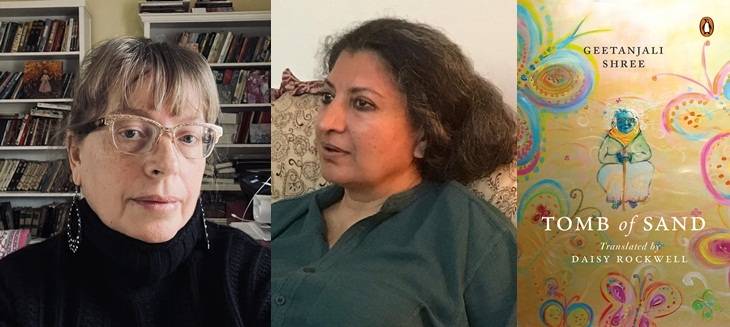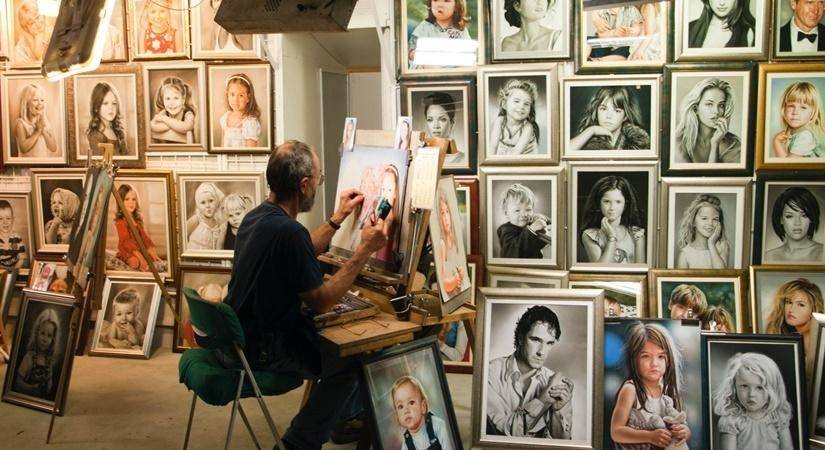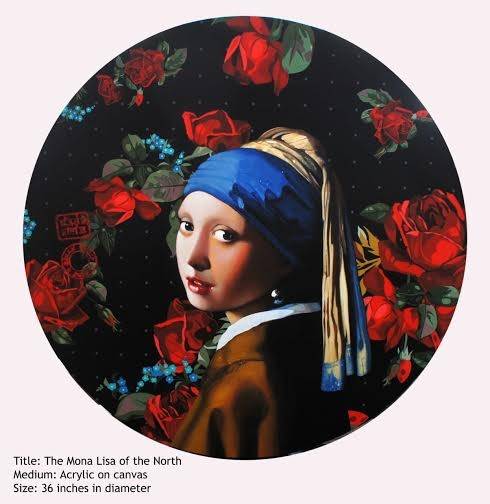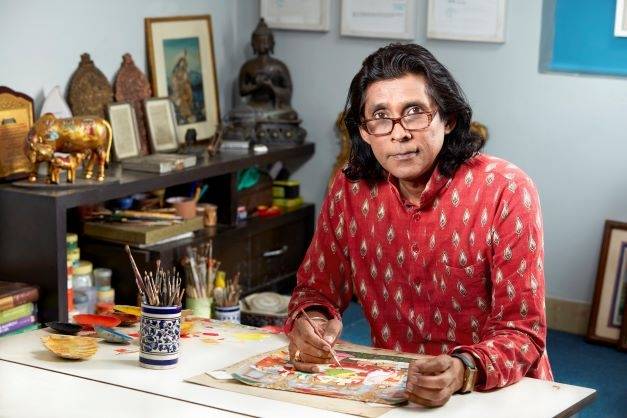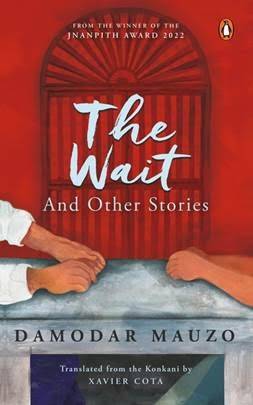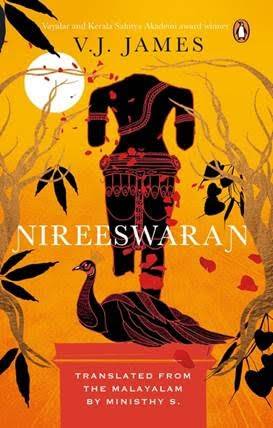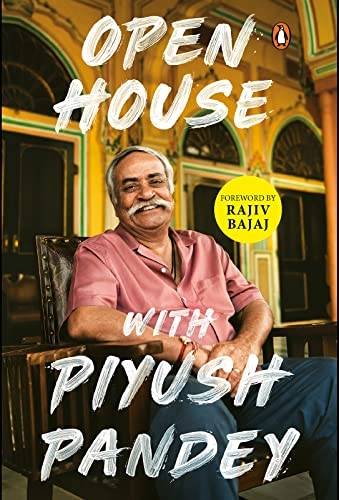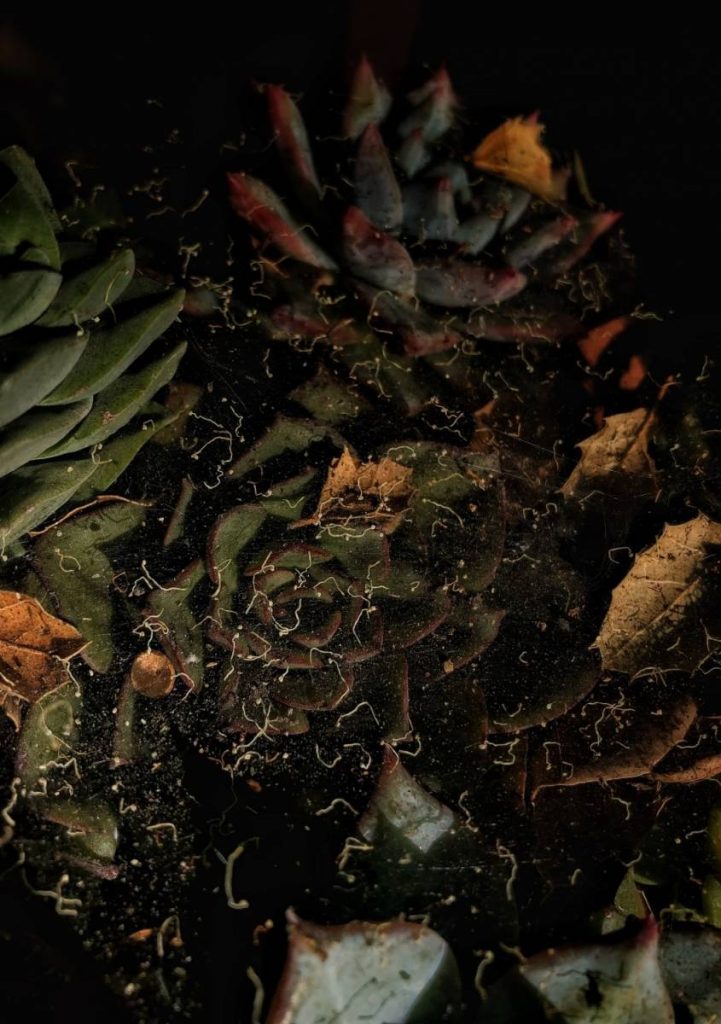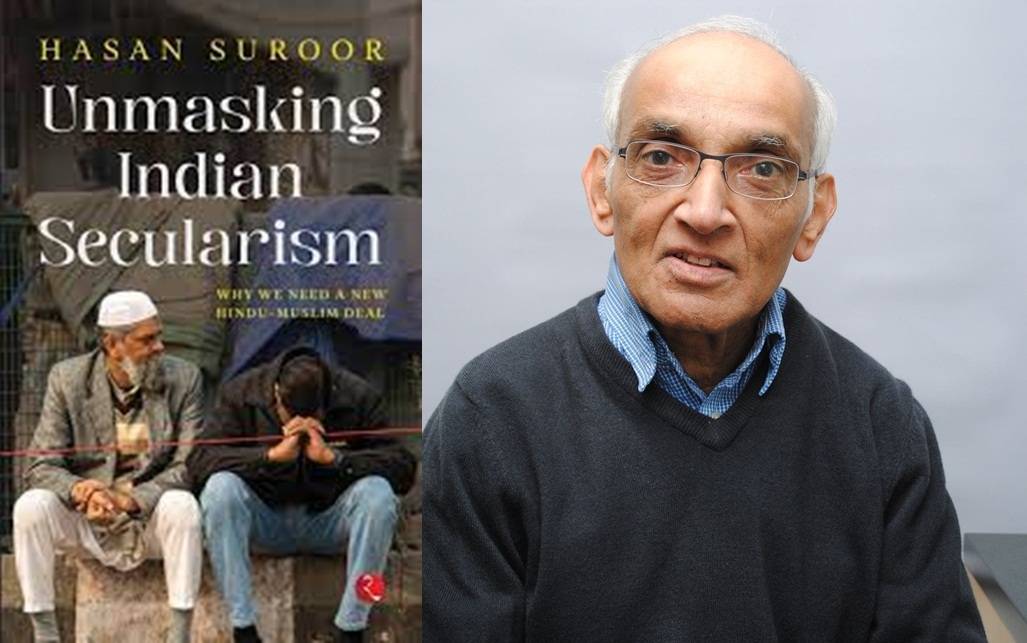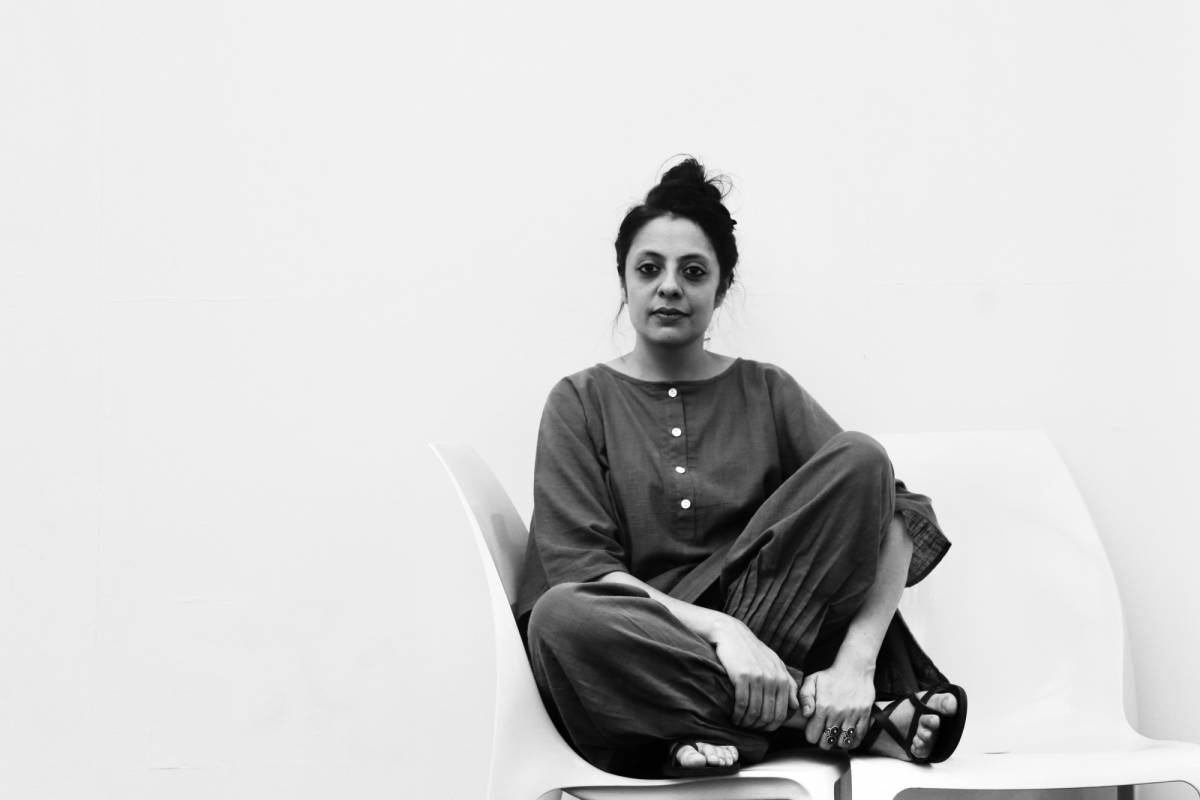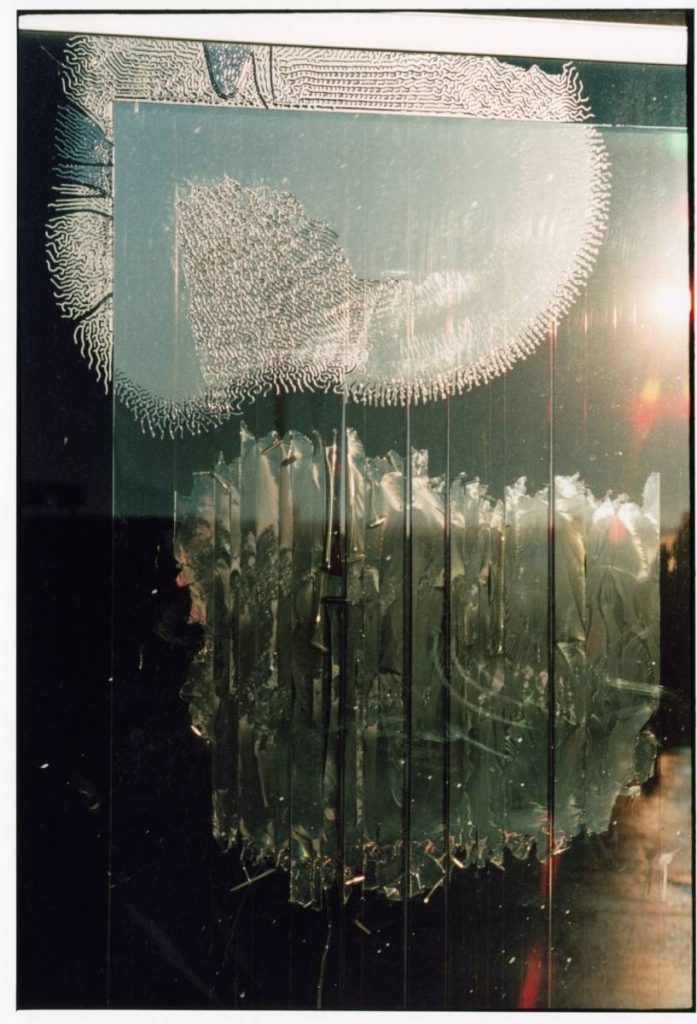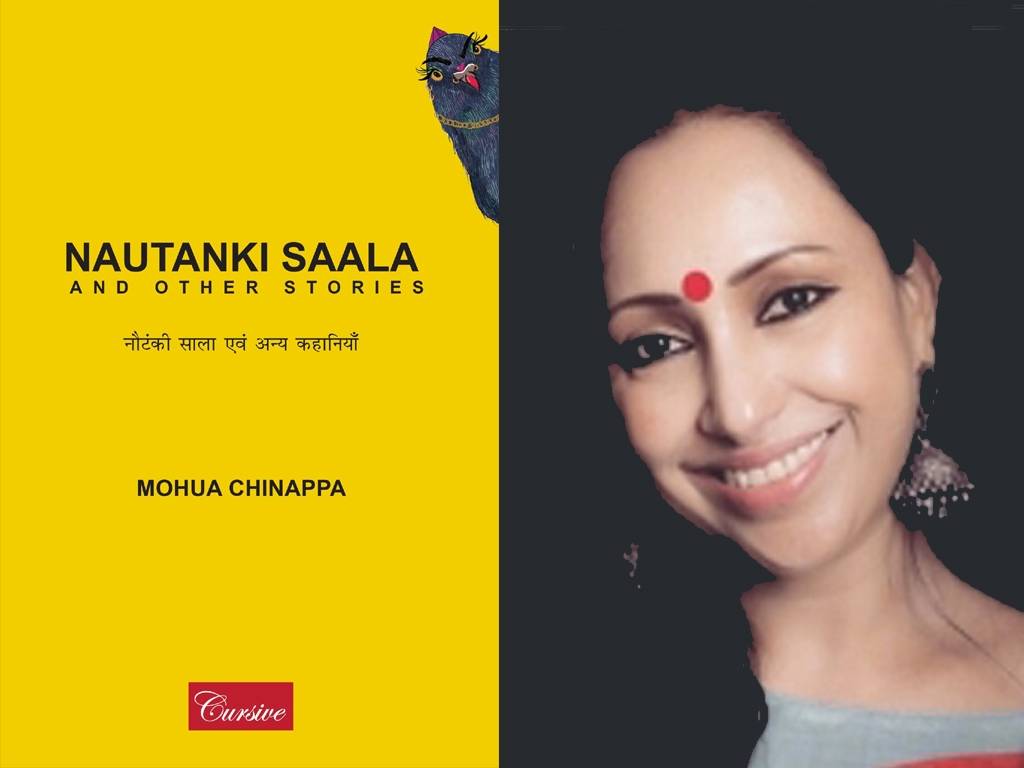The million-copy bestselling phenomenon, Fredrik Backman’s heart-warming debut is a funny, moving, uplifting tale of love and community that will leave you with a spring in your step…writes N. Lothungbeni Humtsoe
From poetry to humour, there’s plenty to read while lounging at home during these sweltering days. We curate some of the best new titles that match the mood of the season, and make you a little more knowledgeable, one page at a time.
Poetry Novel: The Penguin Book of Indian Poets by Jeet Thayil
A performance poet and songwriter, Jeet Thayil has compiled this definitive anthology of Indian poetry in English that has been two decades in the making.
It spans seventy-five years of Indian poetry in English, bridging continents and generations, and seeks to expand the definition of “Indianness”. The collection also introduces an astonishing range of contemporary poets who live and work in various parts of the world and in India. Included are lost, uncollected, or out of print poems by major poets.
Mythology Fiction Novel: The Hidden Hindu by Akshat Gupta
Prithvi, 21, is searching for a mysterious middle-aged Aghori (Shiva devotee), Om Shastri, who was traced more than 200 years ago before he was captured and transported to a high-tech facility on an isolated Indian island. When the aghori was drugged and hypnotised for interrogation by a team of specialists, he claimed to have witnessed all four yugas (the epochs in Hinduism) and even participated in both Ramayana and Mahabharata. Om’s revelations of his incredible past that defied the nature of mortality left everyone baffled.
So who is Om Shastri? Why was he captured? Board the boat of Om Shastri’s secrets to Prithvi’s pursuit and adventures of other enigmatic immortals of Hindu mythology in this exciting and revealing journey.
Self-Analysis Novel: Reverberation of a Timepiece by Sudhir Kove
Renowned logo guru, graphologist, and wristwatch analyst Sudhir Kove’s second book, ‘Reverberation of a Timepiece: How Watches Impact our Life’, delves into how a simple time measurement device can impact your subconscious mind. Kove believes that everything from the size, shape and elements of the dial and strap, to the hand you wear it on and even the colour of the watch you pick, can not just reveal hidden aspects of your personality, but in turn affect your thoughts, behaviour, confidence, decision-making and even relationships with those around you.
Romantic Novel: Wish I Could Tell You by Durjoy Dutta
Can you find yourself after you have lost that special someone? A disillusioned and heartbroken Anusha finds herself in the small world of WeDonate.com. Struggling to cope with her feelings and the job of raising money for charity, she reluctantly searches for a worthwhile cause to support. For Ananth, who has been on the opposite side, no life is less worthy, no cause too small to support. Behind them are teams for whom going to extraordinary lengths to save lives is more than a full-time occupation. In front of them is the virtual world of social media-watching, interacting, judging, making choices, and sometimes, saving lives.
Non- Fiction Novel: What Millennials Want by Vivan Marwaha
The important question is: What do Indian millennials want? What are their economic aspirations and their social views? Most importantly, what makes them tick? Marwaha documents the aspirations and anxieties of these young people scattered across more than 30,000 kilometers in 13 Indian states. Combining an expansive dataset along with personal anecdotes, he narrates an intimate biography of India’s millennials, investigating their attitudes towards sex, marriage, employment, religion, and politics.
Thriller Novel: One Arranged Murder by Chetan Bhagat
Saurabh and Prerna will be getting married soon. It is an arranged marriage. However, there is more cheesy romance between them than any love-marriage couple. On Karva Chauth, she fasted for him. She didn’t eat all day. In the evening, she called him and waited on the terrace for the moon and for Saurabh to break her fast. Excited, Saurabh ran up the steps of her three-storey house. But when he reached
One Arranged Murder is a story about love, friendship, family and crime.
Humorous Novel: A Man Called Ove by Fredrick Backman
The million-copy bestselling phenomenon, Fredrik Backman’s heart-warming debut is a funny, moving, uplifting tale of love and community that will leave you with a spring in your step. At first sight, Ove is almost certainly the grumpiest man you will ever meet. He will persist in making his daily inspection rounds of the local streets. But isn’t it rare, these days, to find such old-fashioned clarity of belief and deed? Such unswerving conviction about what the world should be, and a lifelong dedication to making it just so? In the end, you will see, there is something about Ove that is quite irresistible.
ALSO READ-Time travel in books



